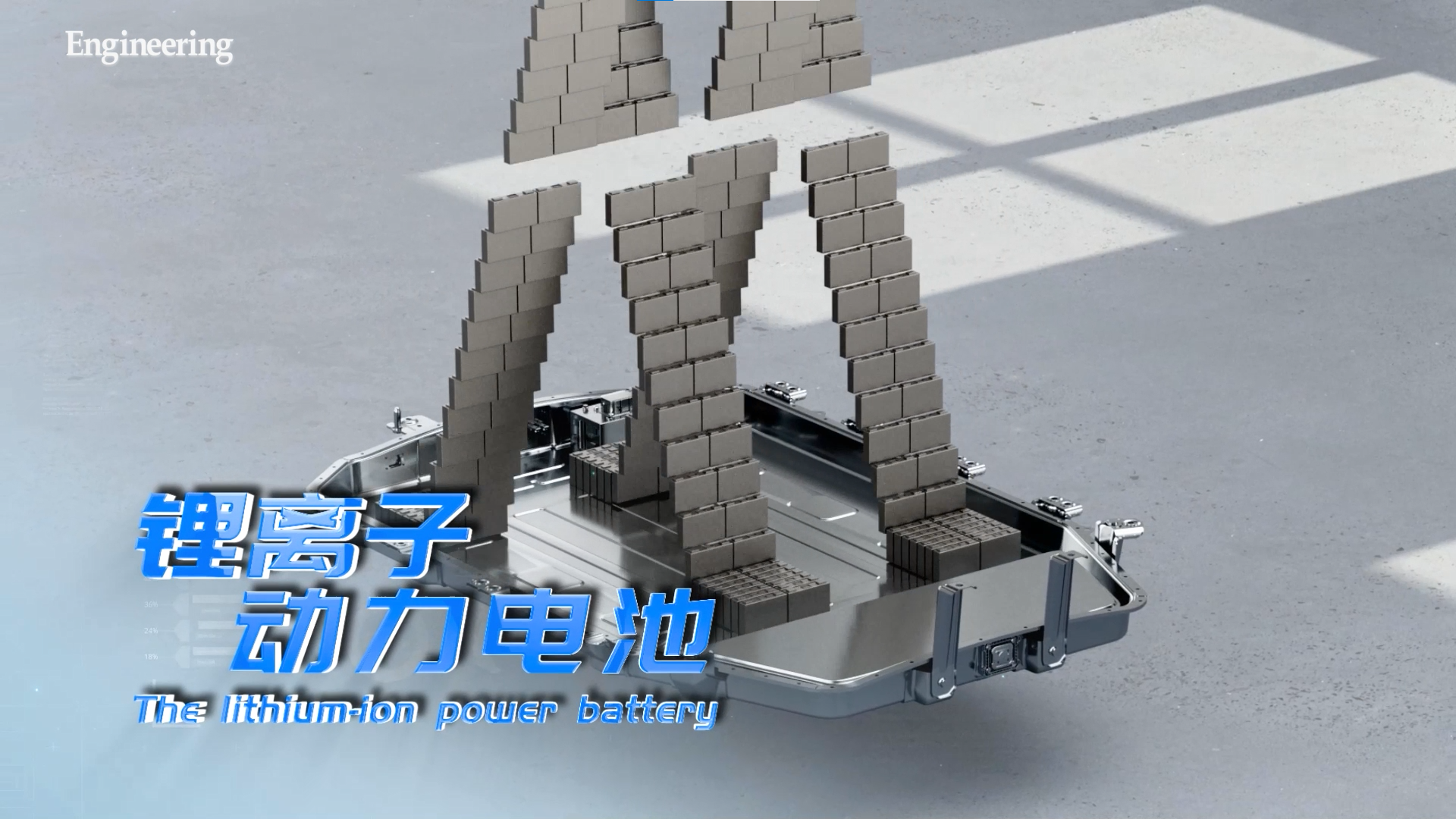检索范围:
排序: 展示方式:
《能源前沿(英文)》 2023年 第17卷 第5期 页码 569-584 doi: 10.1007/s11708-023-0875-7
关键词: lithium (Li)-ion battery (LIB) Li metal battery three-dimensional (3D) composite Li metal anode mechanical modification reducing local current density
《化学科学与工程前沿(英文)》 2022年 第16卷 第5期 页码 755-763 doi: 10.1007/s11705-022-2137-3
关键词: forward osmosis lithium-ion battery draw solution lithium-containing wastewater water treatment
Lithium-ion modified cellulose as a water-soluble binder for Li-O battery
《能源前沿(英文)》 2022年 第16卷 第3期 页码 502-508 doi: 10.1007/s11708-021-0750-3
关键词: cellulose binder specific capacity cyclabi- lity lithium-oxygen batteries
Modeling and optimization of an enhanced battery thermal management system in electric vehicles
Mao LI, Yuanzhi LIU, Xiaobang WANG, Jie ZHANG
《机械工程前沿(英文)》 2019年 第14卷 第1期 页码 65-75 doi: 10.1007/s11465-018-0520-z
关键词: thermal management electric vehicle lithium-ion battery temperature uniformity design optimization
Preparation of biomass-derived carbon loaded with MnO as lithium-ion battery anode for improving its
《化学科学与工程前沿(英文)》 2023年 第18卷 第1期 doi: 10.1007/s11705-023-2376-y
关键词: biomass-derived carbon MnO2 lithium-ion batteries anode material high reversible capacity
Linghui Yu, Jiansong Miao, Yi Jin, Jerry Y.S. Lin
《化学科学与工程前沿(英文)》 2017年 第11卷 第3期 页码 346-352 doi: 10.1007/s11705-017-1648-9
关键词: lithium-ion battery battery safety composite separator porosity tortuosity
《能源前沿(英文)》 doi: 10.1007/s11708-023-0891-7
关键词: machine learning lithium-ion battery state of health neural network artificial intelligence
《化学科学与工程前沿(英文)》 2023年 第17卷 第9期 页码 1231-1243 doi: 10.1007/s11705-023-2306-z
关键词: anthraquinone-based polyimide multi-effect tin dioxide reduced graphene oxide lithium-ion battery
陈立泉
《中国工程科学》 2002年 第4卷 第11期 页码 32-36
简要介绍了我国电动车的开发现状,指出了发展电动车的瓶颈是电池;阐明了锂离子电池对发展电动车的作用,特别强调目前的关键是研发适于电动车的锂离子电池材料;简述了作者的实验室在电动车锂离子电池关键材料研究方面的最新进展。
Jingning SHAN, Xiaofang YANG, Chao YAN, Yiguang JU, Lin CHEN, Fang ZHAO
《能源前沿(英文)》 2019年 第13卷 第4期 页码 626-635 doi: 10.1007/s11708-019-0650-y
关键词: lithium-ion battery Si anode Si-graphite composite single wall carbon nanotube (SWCNT) NCM811
禹习谦, 陈汝颂, 甘露雨, 李泓, 陈立泉
《工程(英文)》 2023年 第21卷 第2期 页码 9-14 doi: 10.1016/j.eng.2022.06.022
Preparation of lithium ion-sieve and utilizing in recovery of lithium from seawater
Lu WANG, Changgong MENG, Wei MA
《化学科学与工程前沿(英文)》 2009年 第3卷 第1期 页码 65-67 doi: 10.1007/s11705-009-0105-9

Highly selective metal recovery from spent lithium-ion batteries through stoichiometric hydrogen ion
Weiguang Lv, Xiaohong Zheng, Li Li, Hongbin Cao, Yi Zhang, Renjie Chen, Hancheng Ou, Fei Kang, Zhi Sun
《化学科学与工程前沿(英文)》 2021年 第15卷 第5期 页码 1243-1256 doi: 10.1007/s11705-020-2029-3
关键词: recycling spent LIBs selective recovery hydrothermal treatment
标题 作者 时间 类型 操作
Three-dimensional composite Li metal anode by simple mechanical modification for high-energy batteries
期刊论文
Lithium-based draw solute for forward osmosis to treat wastewater discharged from lithium-ion battery
期刊论文
Modeling and optimization of an enhanced battery thermal management system in electric vehicles
Mao LI, Yuanzhi LIU, Xiaobang WANG, Jie ZHANG
期刊论文
Preparation of biomass-derived carbon loaded with MnO as lithium-ion battery anode for improving its
期刊论文
A comparative study on polypropylene separators coated with different inorganic materials for lithium-ion
Linghui Yu, Jiansong Miao, Yi Jin, Jerry Y.S. Lin
期刊论文
Machine learning and neural network supported state of health simulation and forecasting model for lithium-ionbattery
期刊论文
anthraquinone-based polyimide enclosed SnO/reduced graphene oxide composite as high-performance anode for lithium-ionbattery
期刊论文
Promoting Si-graphite composite anodes with SWCNT additives for half and NCM811 full lithium ion batteries
Jingning SHAN, Xiaofang YANG, Chao YAN, Yiguang JU, Lin CHEN, Fang ZHAO
期刊论文
Preparation of lithium ion-sieve and utilizing in recovery of lithium from seawater
Lu WANG, Changgong MENG, Wei MA
期刊论文
锂离子动力电池
2023年12月20日
会议视频








